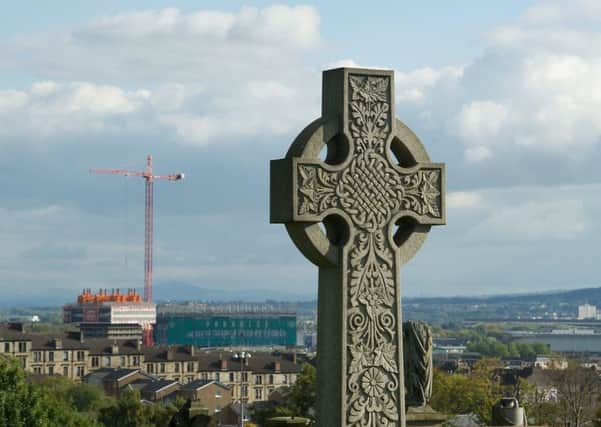Harry Burns: What the ‘Glasgow Effect’ and ‘deaths of despair’ tell us about austerity


Affluent Scots are becoming healthier faster than their poorer neighbours and are living longer. The issue of socially and economically determined health inequalities has been on government agendas for decades and many attempts have been made to narrow the gap between rich and poor. Yet, still the gap widens.
What’s the problem? Given the efforts made to tackle problems such as smoking, poor diet, lack of exercise, why have inequalities widened? A recent report from Glasgow University researchers has suggested the problem is not primarily due to deaths from heart disease and cancer. Deaths from heart disease in Scots under 65 have more than halved between 1981 and 2011 and cancer deaths have decreased by a third. However, more affluent areas are experiencing greater improvements in mortality than deprived areas. But, over the same period, deaths from alcohol, drugs and suicide in males have increased significantly and most of these deaths occurred in the more deprived areas.
Advertisement
Hide AdAdvertisement
Hide AdExcess deaths from drugs, alcohol and suicide were noted when Glasgow statistics were compared to similar English cities. Some refer to this as “the Glasgow Effect”. Others argued that Glasgow simply experienced austerity 40 years before anywhere else. The social and economic upheaval which Glasgow saw in the 1960s – as shipyards and heavy industry collapsed, communities were torn apart and people were decanted from traditional neighbourhoods to new towns and high-rise flats – apparently caused an increase in these “deaths of despair”. Evidence from the US supports that view.
In 2015, economists Anne Case and Angus Deaton published evidence that, after decades of improvement, mortality rates among white, middle-aged, blue-collar workers stopped falling in the US, and began to rise. Death rates from the two biggest killers in middle age – cancer and heart disease – fell but these improvements were offset by marked increases in deaths from drugs, suicide and alcohol. Between 2000 and 2014, considerable increases in these “deaths of despair” occurred. There were reductions in mortality in children and the elderly but the increase in deaths among the middle-aged was so great that it produced a decline in overall life expectancy in the US between 2014 and 2015.
This decline in well-being was anticipated by one of Scotland’s greatest orators, Jimmy Reid. In 1971, on his installation as Glasgow University’s Lord Rector, Reid diagnosed the problems of Scotland in the 1960s as alienation of the working class. He described this as “the cry of men who feel themselves the victims of blind economic forces beyond their control ... The feeling of despair and hopelessness that pervades people who feel, with justification, they have no say in shaping their own destinies.” Having a sense of being in control of one’s life is critical to well-being. Reid saw the sense of self-esteem and control of his fellow citizens being eroded by the social and economic policies of the time. The impact of austerity five decades later seems to have had a similar effect. If we are to improve life chances for all, and all political parties seem to support this aim, we need to get serious about relieving poverty, homelessness and hunger. Giving people a sense of purpose is the most effective way to tackle deaths of despair.
Professor Sir Harry Burns is director of global public health at Strathclyde University
